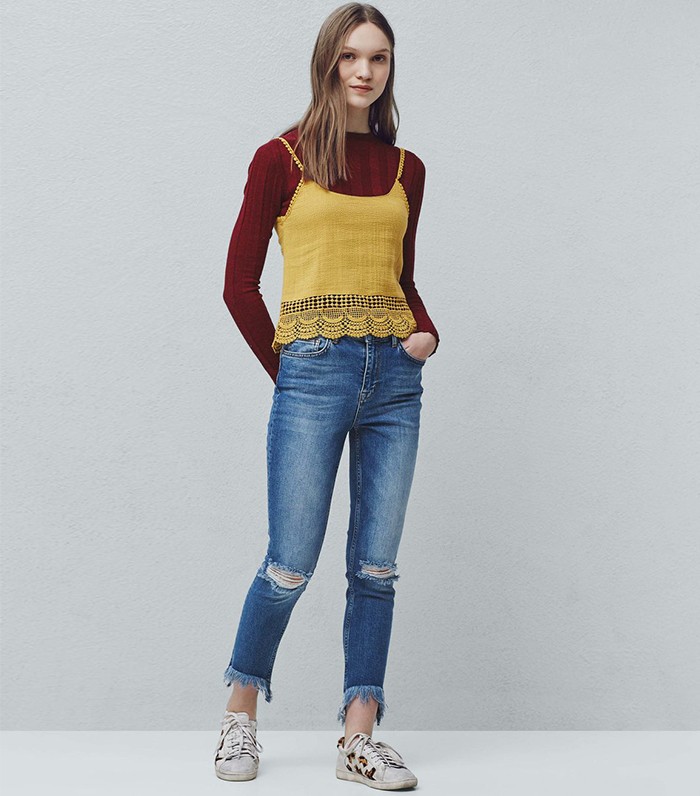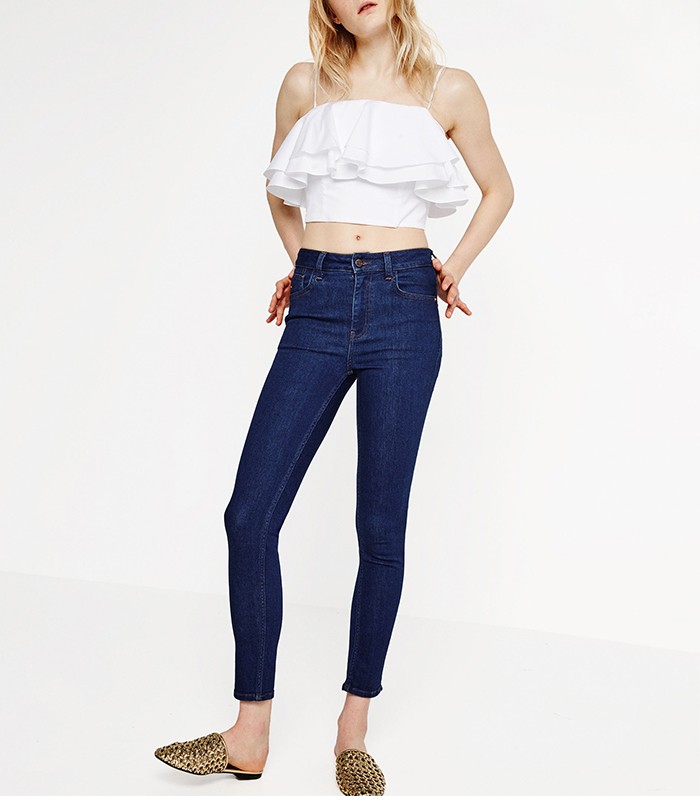The Difference Between $30 and $300 Jeans
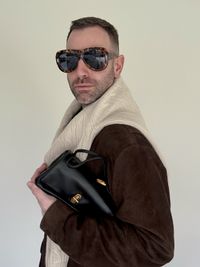
We're always on the hunt for the perfect jeans. Sometimes, that ideal pair is from one of our affordable go-tos like Zara, but we also find key styles in designer boutiques. While there's certainly nothing wrong with shopping at all price points (the ideal wardrobe is a mix of high and low, right?), there is a reason why we often find some of our favorite picks in the more expensive sections.
If you've been wondering why higher-end jeans cost what they do, we tapped Chloe Lonsdale, founder and chief creative officer of M.i.h to fill us in on what makes designer jeans worth it.
Keep scrolling to learn more and shop some of our favorite jeans at a variety of prices.
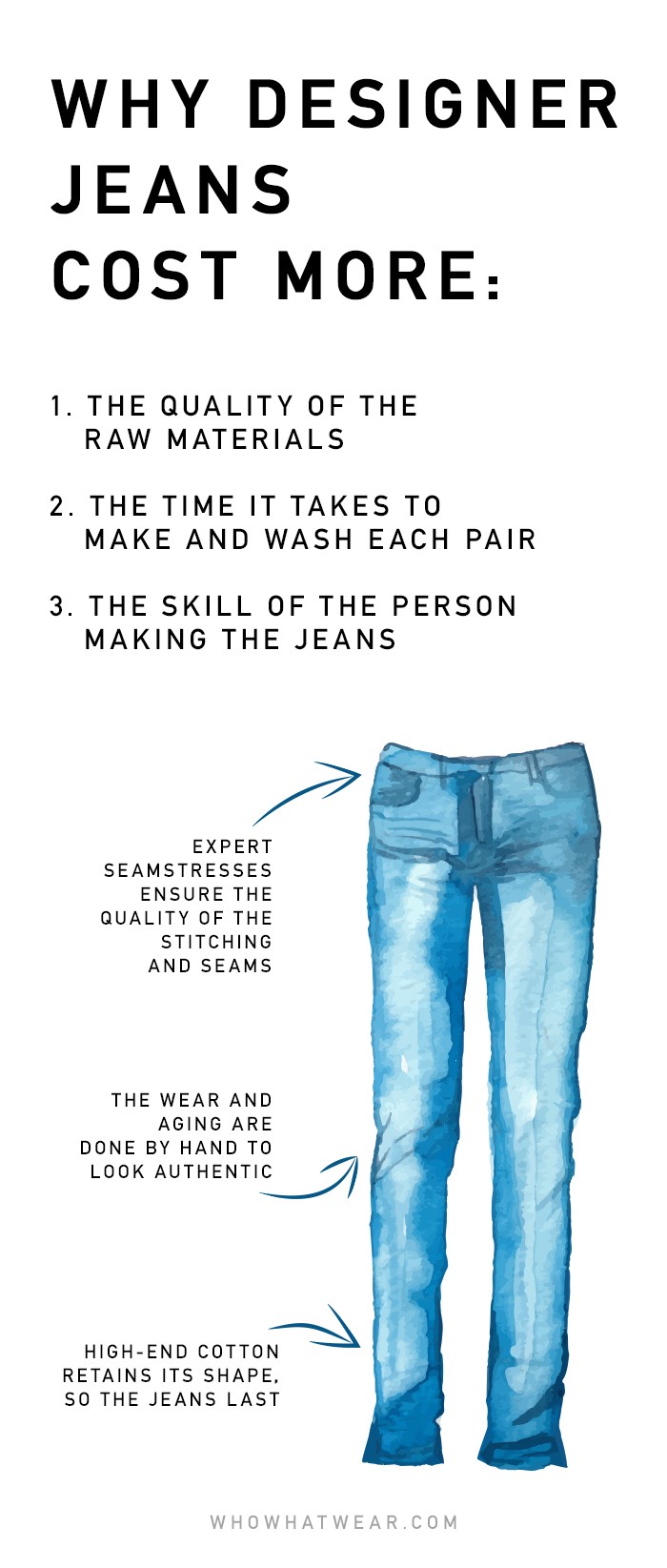

"Start by thinking about the denim itself. Denim is predominantly made from cotton, and the type of cotton makes a real difference to how your jeans look, how they feel, how they last over time—in a similar way to Egyptian cotton sheets or Sea Island cotton shirts, denim made from great cotton will last exponentially longer. This cotton then needs to be spun, dyed, and woven by experts; indigo is a difficult dye to manage in volume, and if it’s done well you get the beautiful fading that sets jeans apart from all other pants and gives them their magic.
For a modern pair of jeans, there are patented fabric innovations that we use from the best denim mills in the world that help the denim retain its shape and create shape on the body while still looking like authentic jeans. These technological and innovative denims are certainly more expensive than the regular 100% cotton denims." — Chloe Lonsdale

"Once you have great raw materials, you have to put them together with care and skill. You have to take your time. If you imagine a pair of jeans being sewn, you get far better results if the person sewing the jeans takes their time, stops and checks the quality of the seams and the stitching, takes time to create shape around the waist and the bum, and makes sure all the stitching is even and unbroken. This extra care and attention is true at every stage of the process but depends on whether you ask your maker to prioritize quality or cost. We always prioritise quality as we want our jeans to fit immaculately and last for ages. M.i.h Jeans has a number of proprietary processes during the making of our jeans that ensure our jeans fit perfectly." — Chloe Lonsdale

"After the jeans are sewn, the next step is washing. For a truly sophisticated wash, we select everything from the size of the stones used for stone washing (and whether the stones are new or old—old stones have the sharp edges smoothed over so give a different effect to new stones) to the grade of sandpaper and dilution of the fading agents. The aging and wear on each jean is done by hand to give a distinctive, authentic look, and takes into account the size and fit of the jean and the type of denim being washed. This means the wear patterns look like they have naturally formed over time, rather than looking fake and forced.
The final step is finishing the jeans. The rivets and stud button are applied by hand, and every single jean is checked individually for seam strength, loose threads, alignment, and fit. They are then steamed individually on steam machines shaped like a body to bring the shape and fit of the jeans to life." — Chloe Lonsdale
Shop jeans at every budget:
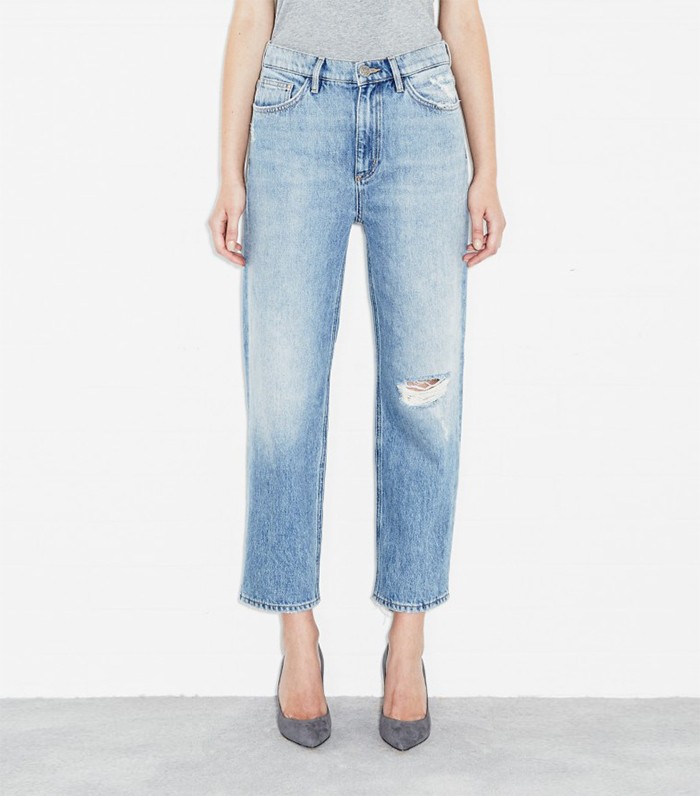
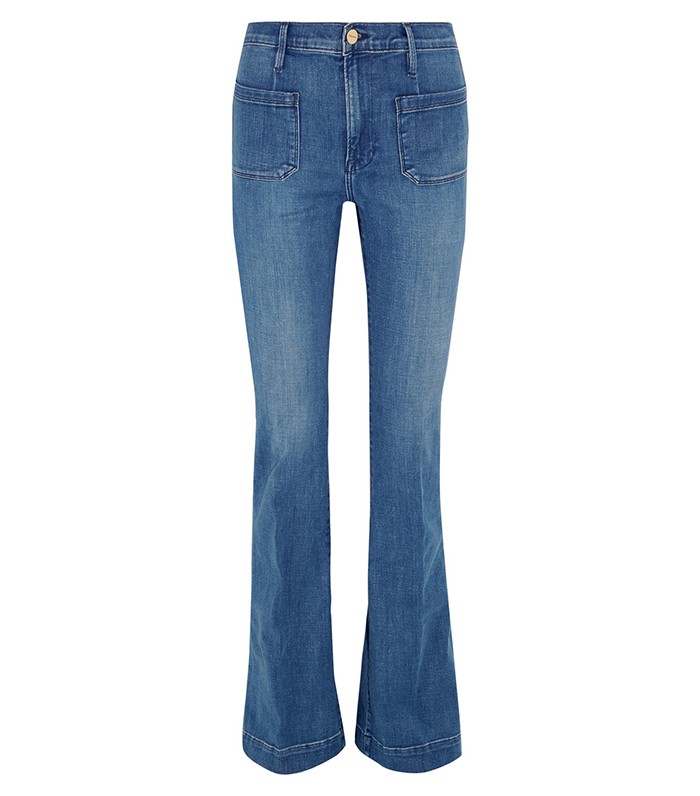
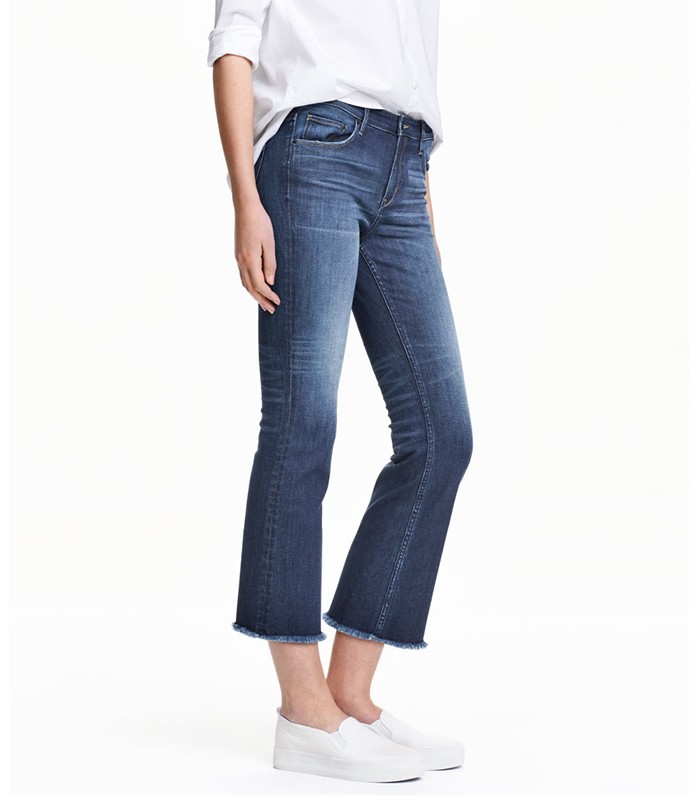
Related: How to Buy Jeans That Won't Stretch Out
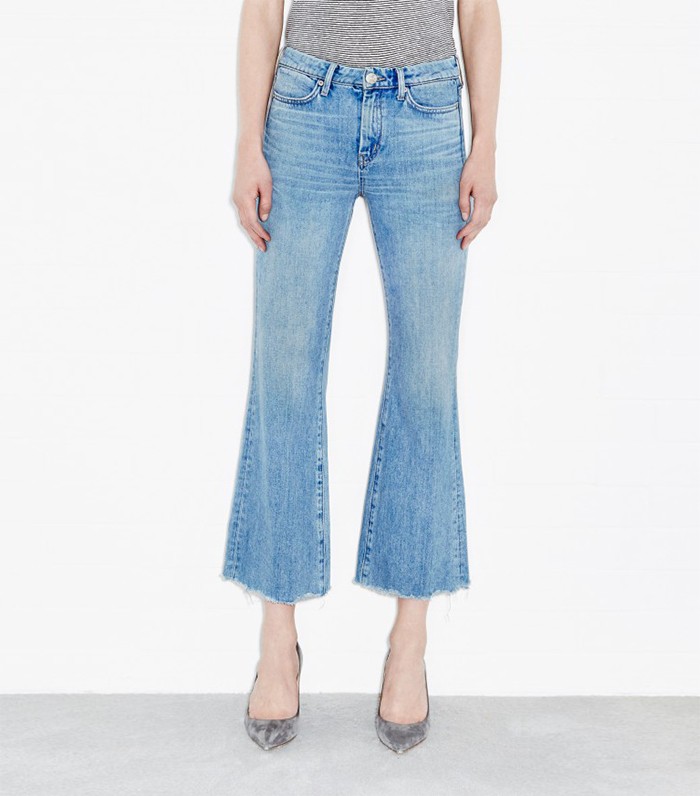
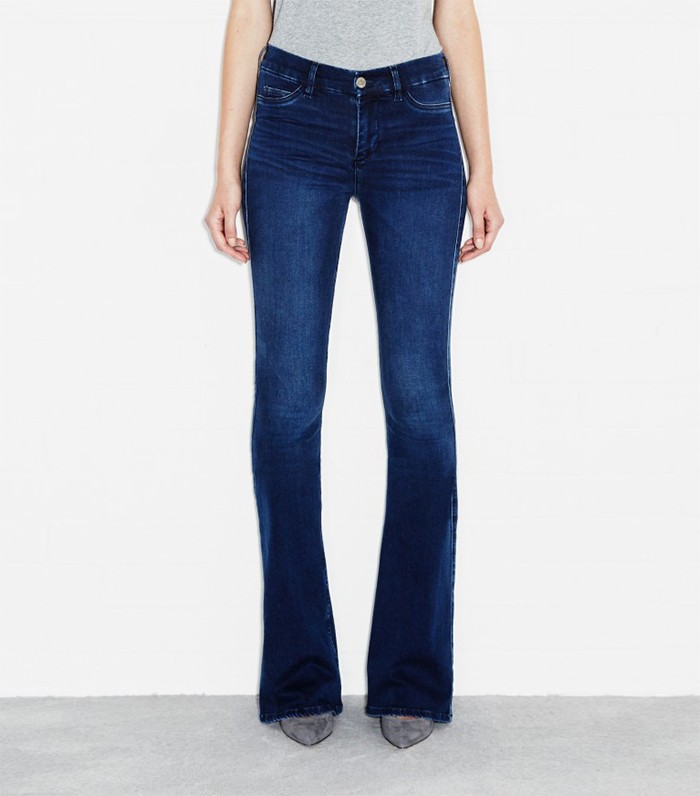
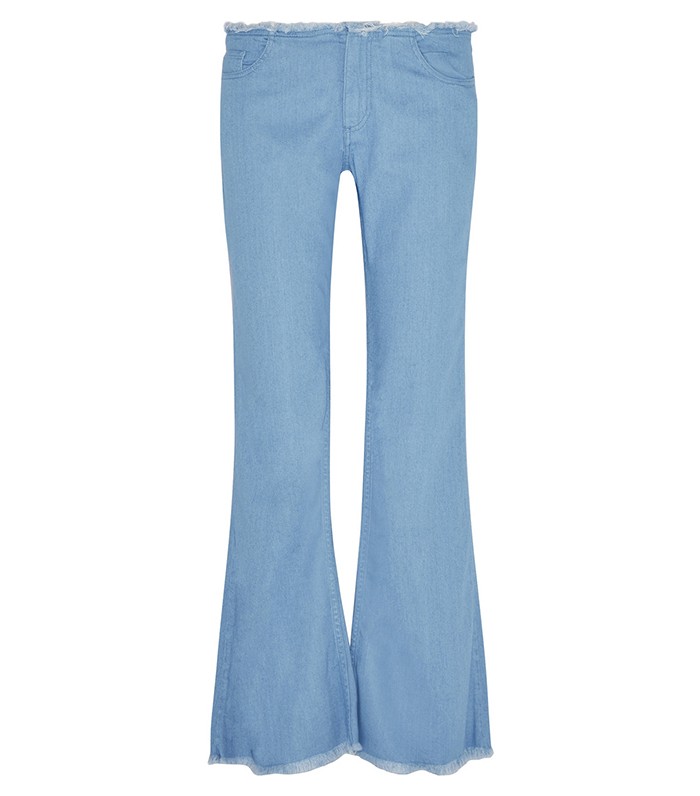
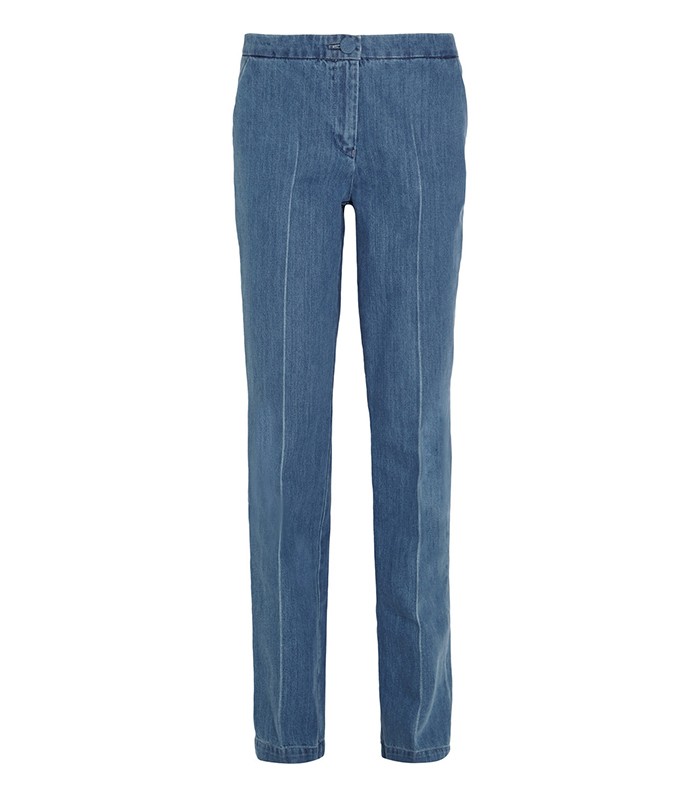
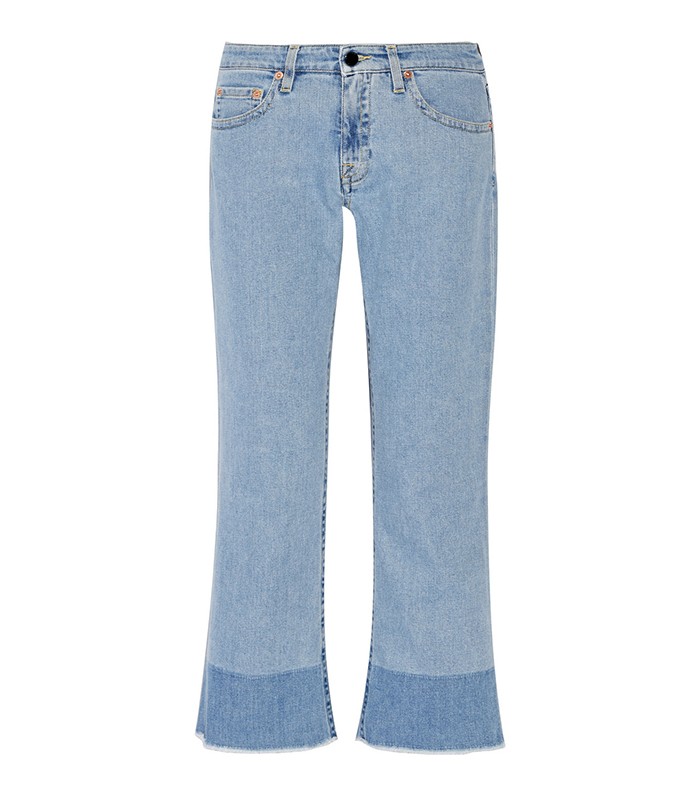
What type of denim do you love most? Let us know in the comments below!
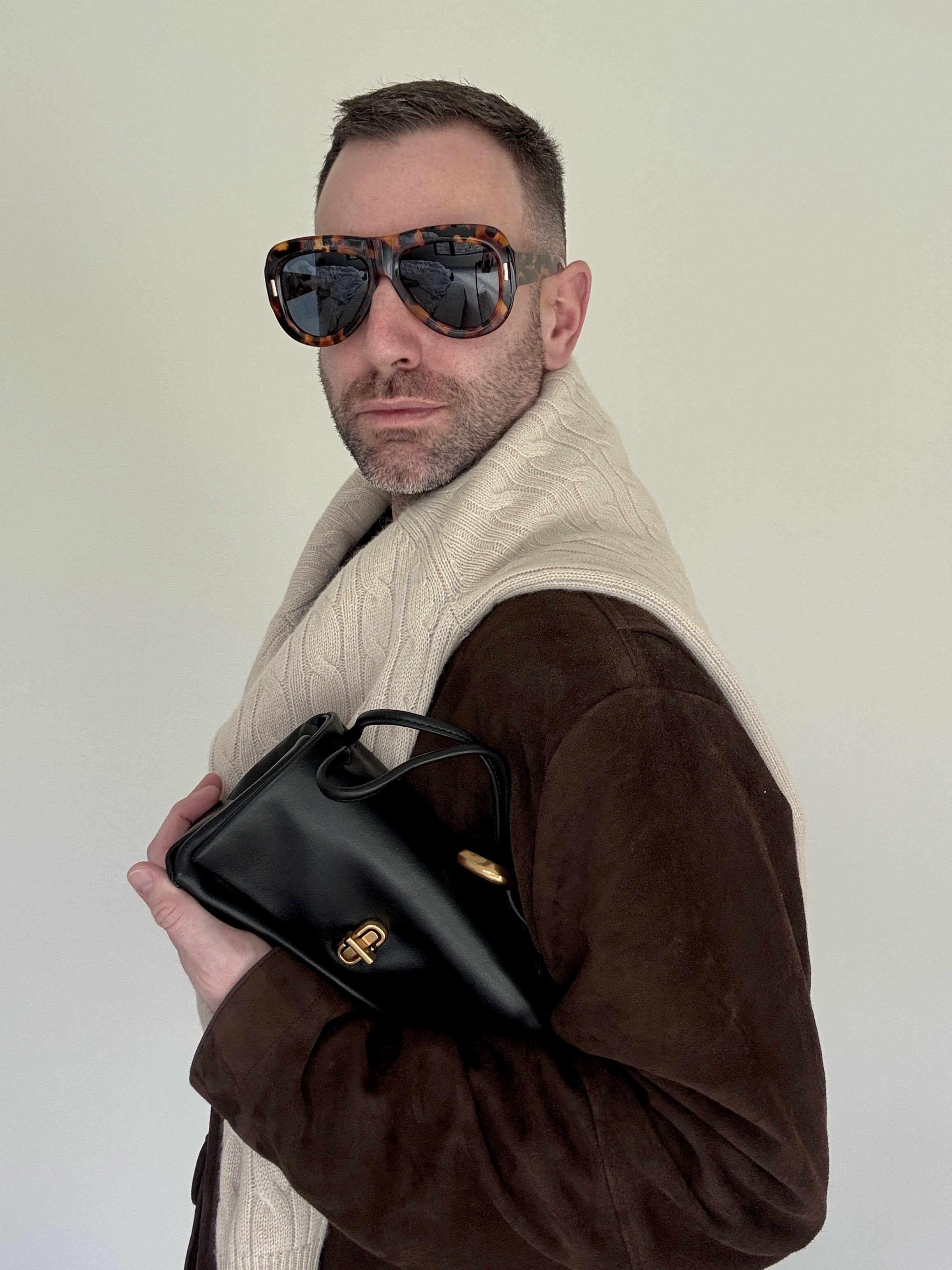
Bobby Schuessler is a fashion editor with over a decade of editorial experience covering shopping, style, and beauty. He's spent 10 years at Who What Wear, currently leading the market team to deliver highly covetable and convertible content. He creates data-driven shopping guides featuring top retailers like Nordstrom, Shopbop, and Net-a-Porter and is at the forefront of Who What Wear's shopping tentpole strategies, including Amazon Prime Day. He also works on branded content initiatives and appears on camera in video and shopping livestream franchises.
